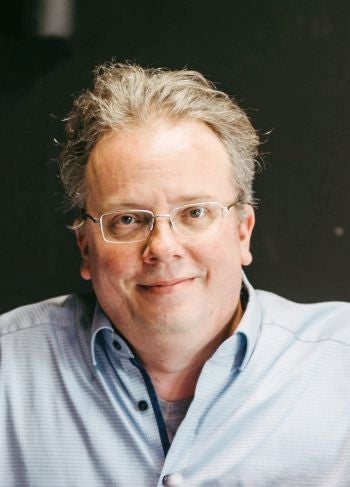You're invited to join the Department of Mechanical and Mechatronics for a seminar by Professor Christopher C-D Ohl a Professor and Head in the Department for Soft Matter, Institute for Physics at the University of Magdeburg, Germany
Abstract
The phase change from liquid to vapour may or may not lead to fast fluid flows. In boiling, the bubbles - once formed - remain peaceful, yet when nucleated due to a transient pressure reduction they probe extreme conditions of matter during their collapse. While the spherical symmetry with its singular energy focusing ability has attracted a lot of attention, already slightest disturbances hampers the converging flow. What remains are non-spherical bubbles. In this talk, I will provide some overview on these particular flows that remain to be very forceful. The range of scenarios I will discuss are the bubble collapse near simple and some complex rigid boundaries, cavitation in elastic solids, and cavitation created by surface waves on boundaries. The emphasis is on experiments, yet some of the phenomena are so fast and occur in such small volumes that numerical simulations are the last hope to understand what really goes on.
Biographical Sketch
